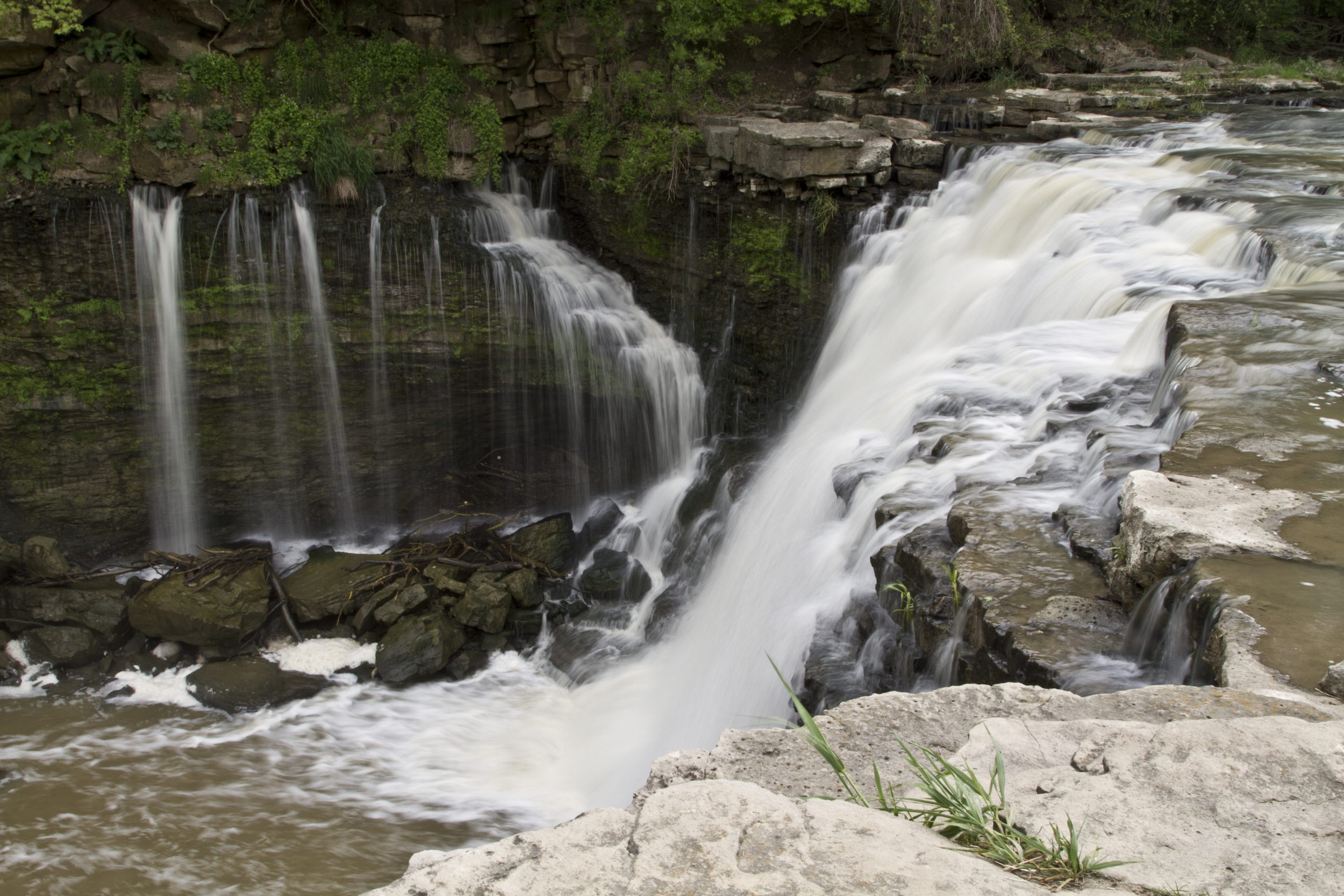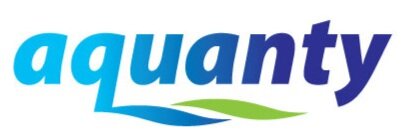

HGS RESEARCH HIGHLIGHT – Landscape restoration after oil sands mining: conceptual design and hydrological modelling for fen reconstruction
This study by researchers at the University of Waterloo investigates whether fen peatlands could be reconstructed on post-mine sites. Oil sand extraction can be very harmful to the natural land surface and can have lasting impacts on local ecosystems. This paper focuses on the fen peatlands that cover 65% of the landscape in Fort McMurray, Alberta. Our ability to reinstate these peatlands after mining operations has not truly been tested at large scales, and there are many uncertain factors that can impact reclamation plans for these sensitive wetlands.

HGS RESEARCH HIGHLIGHT – Numerical simulations of water flow and contaminants transport near mining wastes disposed in a fractured rock mass
This study uses HydroGeoSphere simulations to model unsaturated water flow and contaminant migration in a mining context, specifically the reclamation of open pits with mine waste products. Fractured rock masses are important to study as fractures present preferential flow paths that can promote contaminant transport.

"Climate Change Impact Analysis using HydroGeoSphere" - Aquanty Webinar
As the relevant components of the global climate (e.g. temperature and precipitation patterns/intensity) drift further from historically reliable patterns, it becomes harder and harder to rely on these historical patterns as part of hydrologic studies. This is why HydroGeoSphere is an incredibly powerful tool for long-term climate change impact analyses of hydrologic systems.

HGS RESEARCH HIGHLIGHT – Impacts of Climate Change and Different Crop Rotation Scenarios on Groundwater Nitrate Concentrations in a Sandy Aquifer
This study by researchers at the University of Guelph investigated the impacts of various crop rotation scenarios and climate change on groundwater nitrate concentrations in a 155 sq-km agricultural sub-watershed in Norfolk County, Ontario.

HGS RESEARCH HIGHLIGHT – Evaluating Climate Change Impacts on Soil Moisture and Groundwater Resources Within a Lake-Affected Region
This study investigates how climate change could impact groundwater and soil moisture within the Great Lakes Basin (GLB). Groundwater is a resource that is relied on for agriculture, industry, municipalities, and drinking water. Approximately one-quarter of the 33 million inhabitants of the GLB depend on groundwater as their primary freshwater source. Given its extreme value as a natural resource, the impacts of climate change on groundwater need to be well understood, and fully-integrated models that incorporate such large water bodies (let alone an entire basin-scale system) are rare.

HGS RESEARCH HIGHLIGHT – Fully integrated and physically-based approach for simulating water flows in a large-scale, heavily agricultural and low-instrumented watershed
This study is an excellent example of how a physics-based approach to simulating integrated hydrology with HydroGeoSphere allows researchers to overcome the limitations of data scarcity. Allowing water to flow naturally (or as ‘naturally’ as possible for a digital environment) also simplifies the calibration process, as a well conceptualized watershed scale model should be able to accurately represent the integrated hydrology of the watershed inherently.

Water Forecasting Platform Soon to be Launched for the Pembina River Valley
Aquanty is proud to announce that we’re launching a new project in partnership with the Pembina Valley Watershed District (PVWD) and Manitoba Forage and Grassland Association (MFGA) to launch a new hydrologic forecasting platform for the Pembina River Valley.

HGS RESEARCH HIGHLIGHT – Variably saturated dual-permeability flow modeling to assess distributed infiltration and vadose storage dynamics of a karst aquifer
A new paper in the Journal of Hydrology provides a perfect case study of the dual continuum formulation supported by HydroGeoSphere. The dual continuum formulation in HydroGeoSphere involves two separate continua, with the first continuum represented by the porous medium. In this case, the 2nd continuum is used to represent the presence of large porosity features throughout a karstic aquifer - the Western Mountain Aquifer in Israel.

HGS RESEARCH HIGHLIGHT – Evaluation of baseflow separation methods with real and synthetic streamflow data from a watershed
Stream baseflow is inherently difficult to accurately estimate given the varied sources contributing to baseflow, it’s spatial variability, and the logistical difficulties in making physical baseflow measurements. Thanks to the fully integrated nature of HydroGeoSphere, and the fact that HGS was created with a strong emphasis on physics, HydroGeoSphere represents a very powerful tool for baseflow estimation, especially in lightly studies watersheds!

HGS RESEARCH HIGHLIGHT – Sequential surface and subsurface flow modeling in a tropical aquifer under different rainfall scenarios
This paper demonstrates how HGS is flexible enough to model specific regions/domains of interest (i.e. including discrete fracture networks, but without integrated surface hydrology) and can be used in conjunction with other hydrologic modelling platforms.
